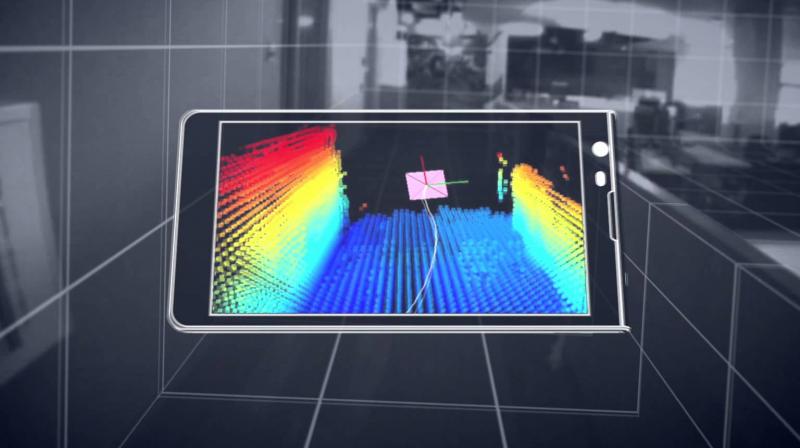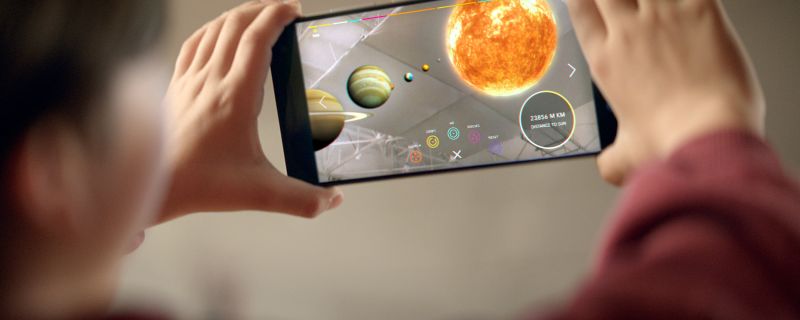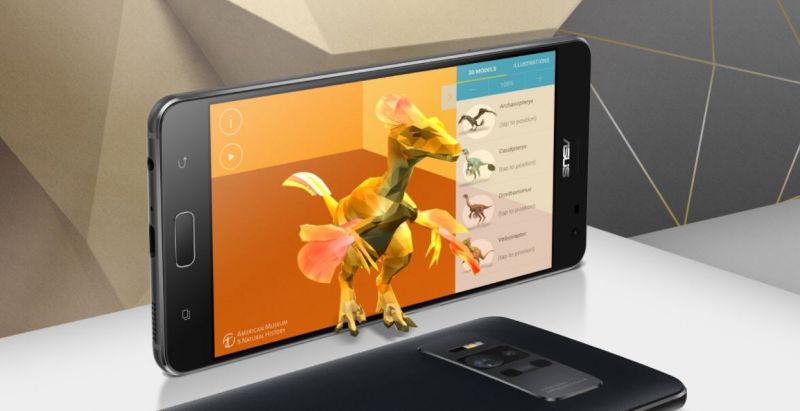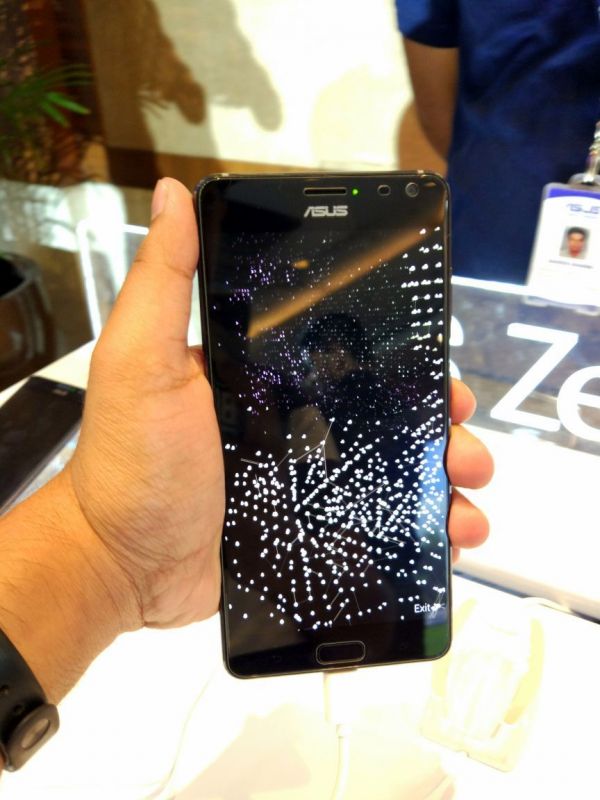Is Google Tango relevant in 2017?

In the world of technology, providing an unmatched experience to the consumer is of prime importance to the technology giants. With the advent of Virtual Reality (VR), people found a new way to experience the same things that they had been experiencing from the past few decades. The idea to bring an immersive experience to the consumer worked for one of the big names of the Silicon Valley – Google.
However, Google wanted to go beyond simply putting the user closer to the virtual world to making the user an active part of an artificial world. So, they ventured into Augmented Reality (AR) with Project Tango – an experience that puts virtual elements into the real world. Google went for a different approach – instead of creating additional gadgets like VR headsets in VR, they wanted to bring AR to users through the most commonly used gadget – a smartphone. And all it took them to do that was fit an array of sensors to the back of a phone and let the algorithms to the hard work.
Since Project Tango is at a very nascent stage, the initial requirement for the Tango devices is a bigger form factor, which will eventually shrink to the normal dimensions once the technology ripens. Apart from that, they consist of individual sensors for motion tracking, depth perception and area learning. Lenovo brought out the Phab 2 Pro, the first Google tango enabled smartphone, which rocked an average chipset and a humongous phablet dimension. ASUS followed them up with the Zenfone AR – a more refined device with the necessary hardware to provide a better AR experience than the Lenovo device. Over the course of time, we will see better devices with improved AR experience.
But, Google Tango is more than a creation of astonishing and capable hardware. Tango’s primary aim is to converge the real world with the virtual world for creating an experience that can let people “see more of their actual world”. Tango has created unparalleled possibilities for the world. Google primarily promotes it as a new tool for engaging educational experiences. Tango-enabled devices can make science classes more interesting and easy to understand for the students. Whether it’s exploring the depths of our solar system or analysing complex structures of chemical compounds, Tango devices can help students do it all very easily.
Google also marks Tango as a new way of playing games. You can race virtual HotWheels race cars on virtual tracks laid across your real dining room. You can shoot enemies in a world that fits inside the premises of your living room.
Tango devices can be useful for business purposes as well. Interior designers can use Tango-enabled devices to plan and see interior elements like furniture and home appliances virtually placed in the actual space. Big departmental stores can use the Tango’s tracking capabilities to create an indoor map for shoppers – a sort of Google map for the interiors. Also, real stuff can be measured and stored virtually through tango devices.
Tango houses a lot of potential for complex activities that have been deemed impossible on mobile devices. Architects can easily monitor the progress of certain construction projects without going through loads of physical blueprints. Museums can utilise Tango for displaying additional as well as related information on their exhibits. The opportunities are endless with Tango and it can change the way live our lives.
Do we have a need for Tango at its nascent stage in 2017? Well, apart from higher asking price for a Tango-enabled device, everything else makes Tango a thing that can revolutionise the way we interact with the digital world. It is a right step towards a digital future and will surely catch on with the masses once it receives more attention from app developers and device manufacturers. If you have the means to own a tango-enabled device, you should surely have one to experience the world from a new set of eyes.




